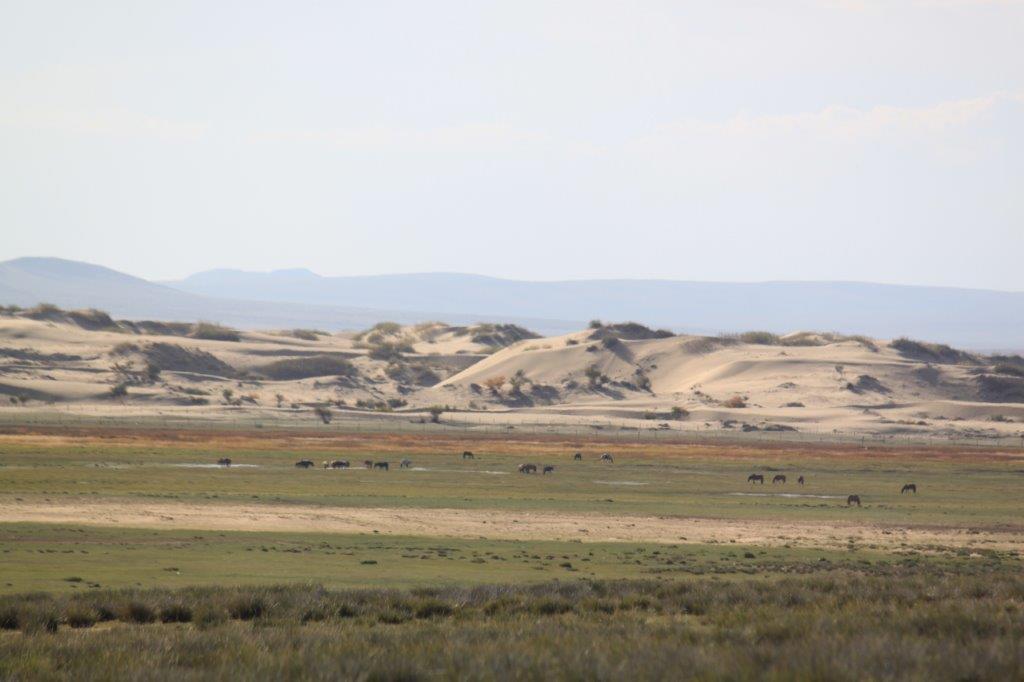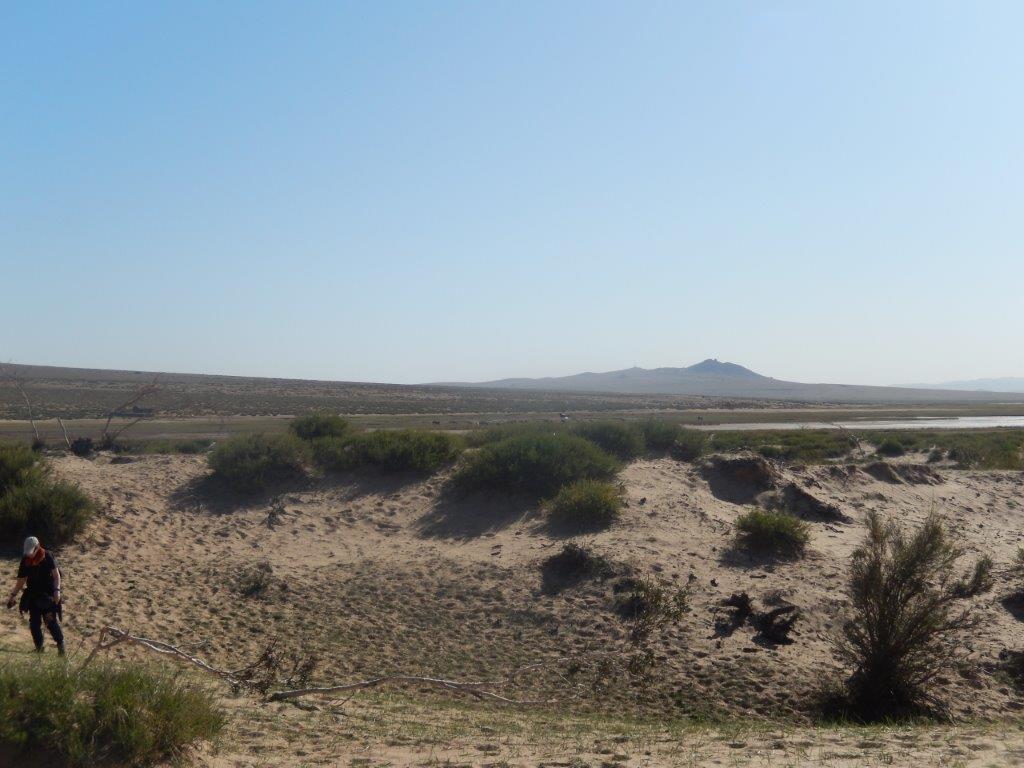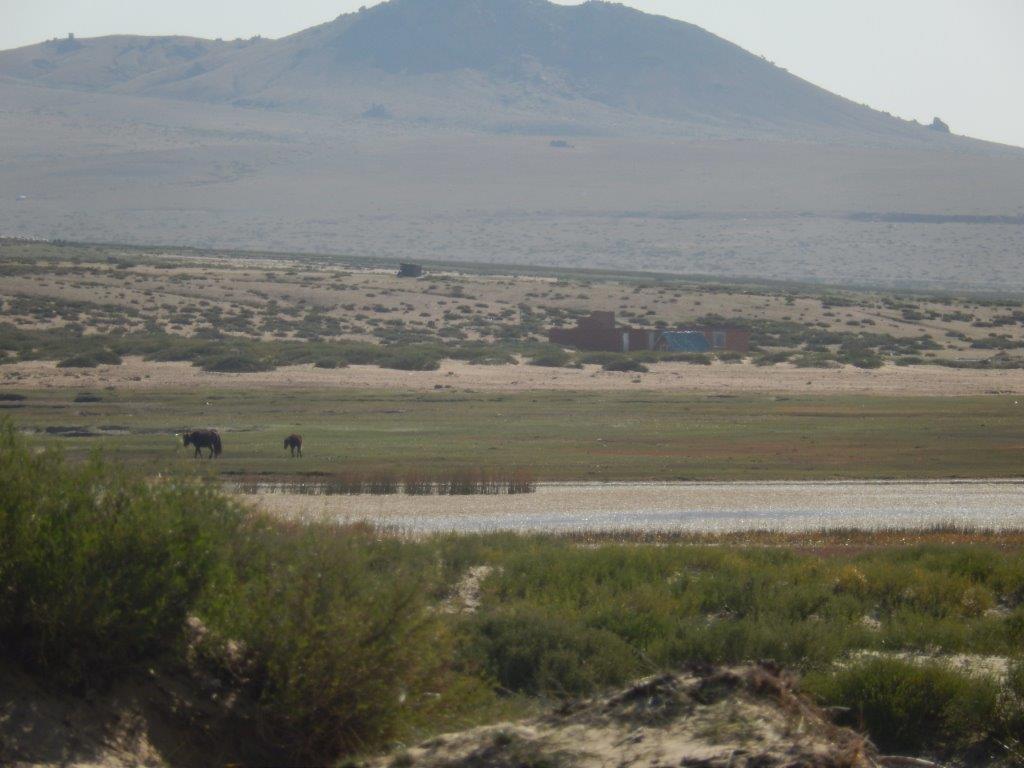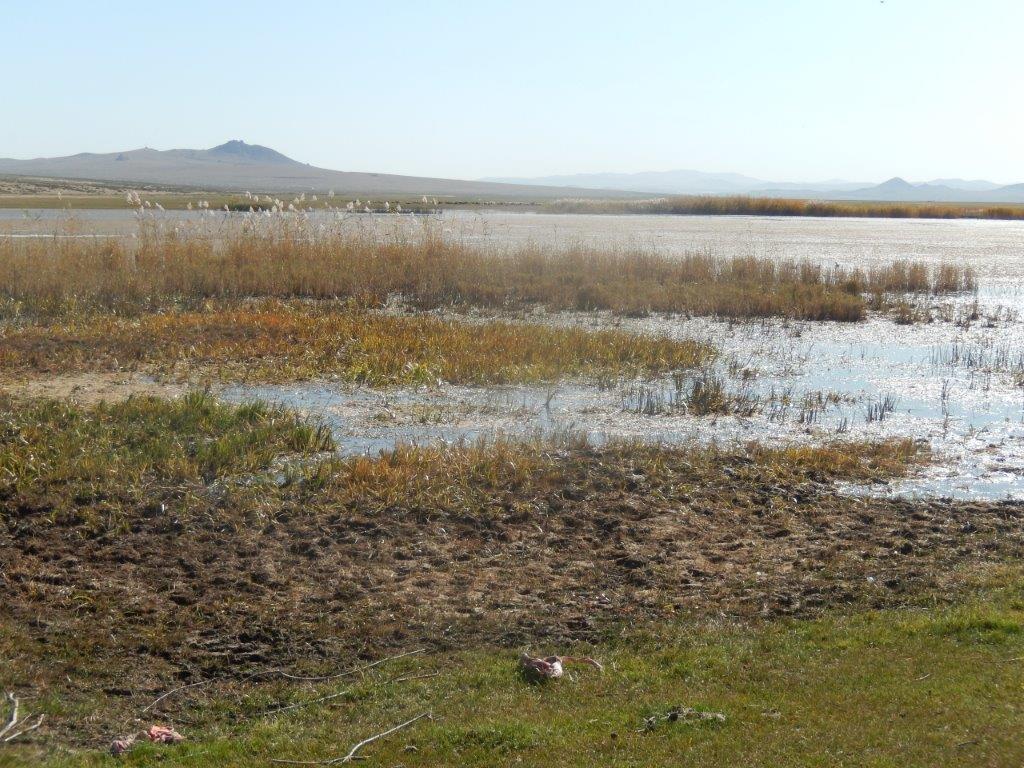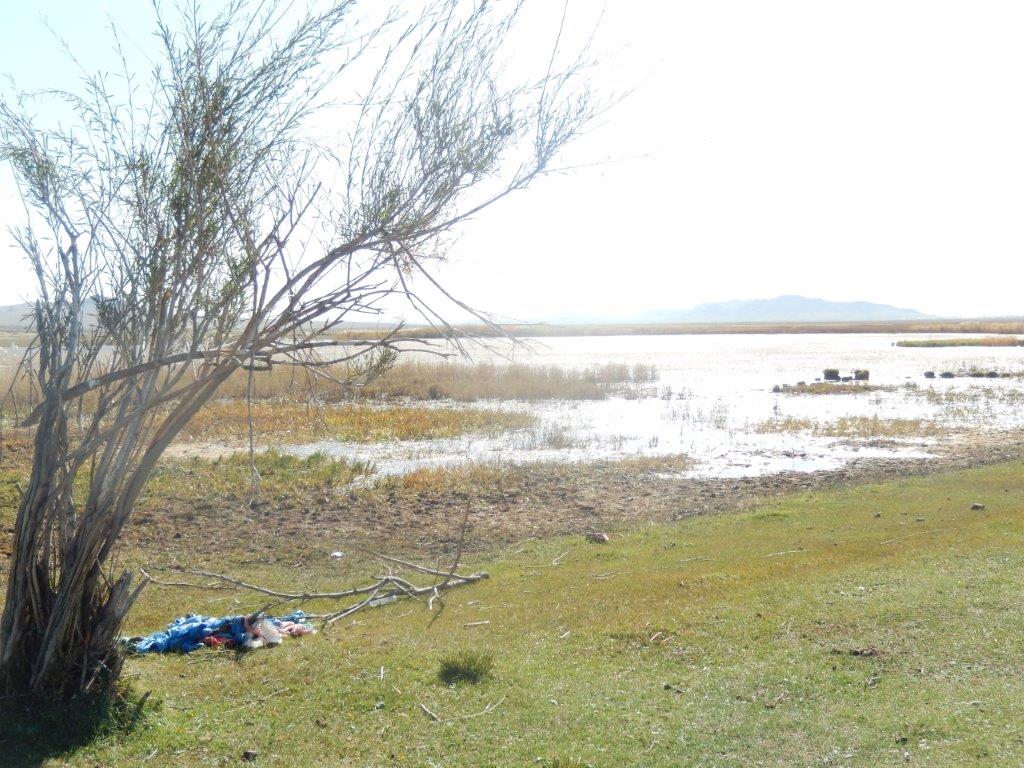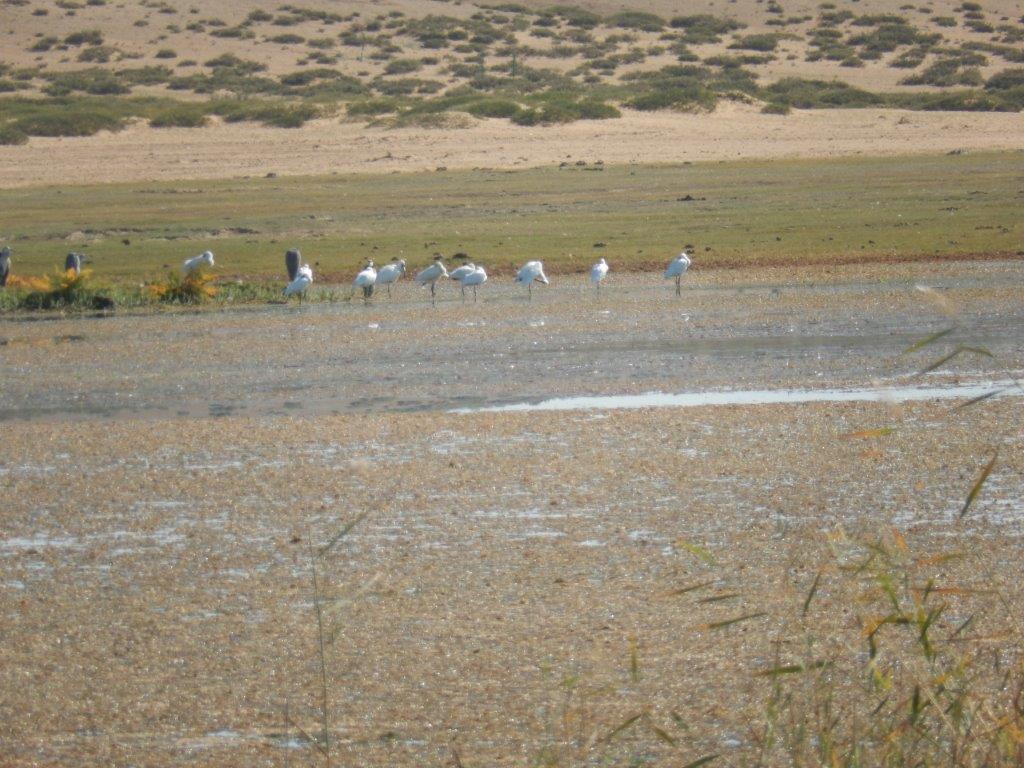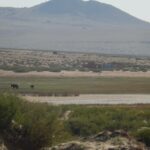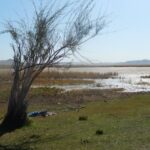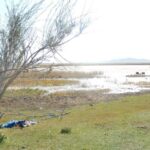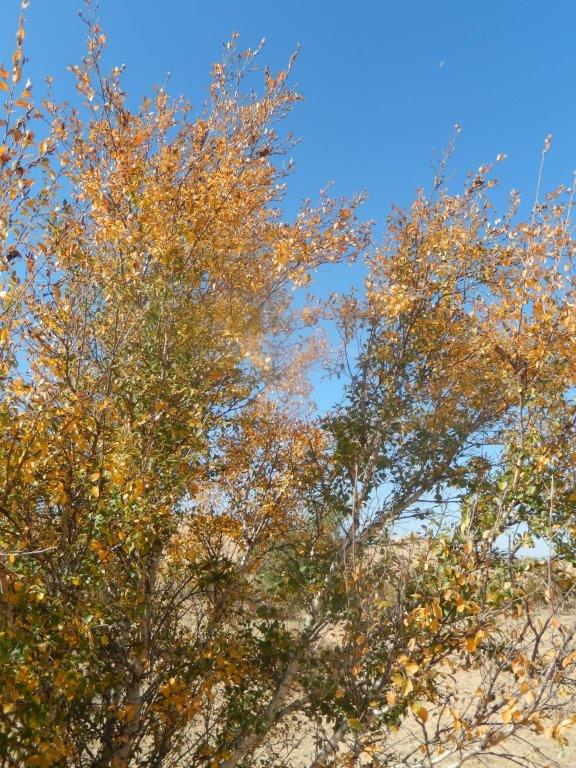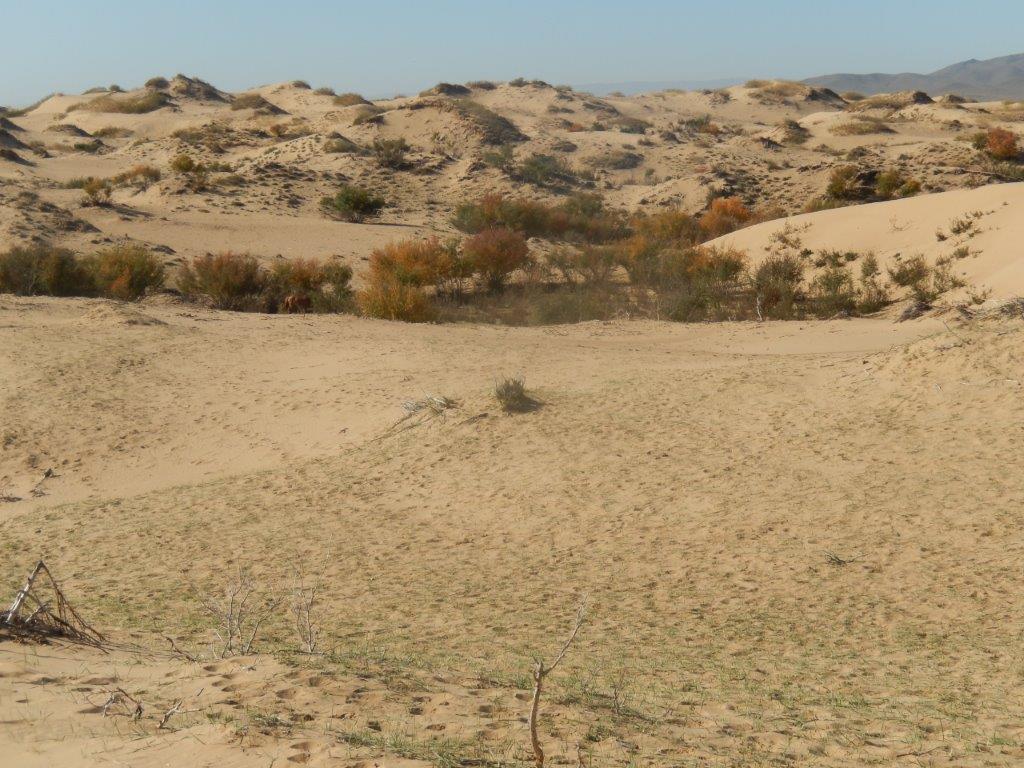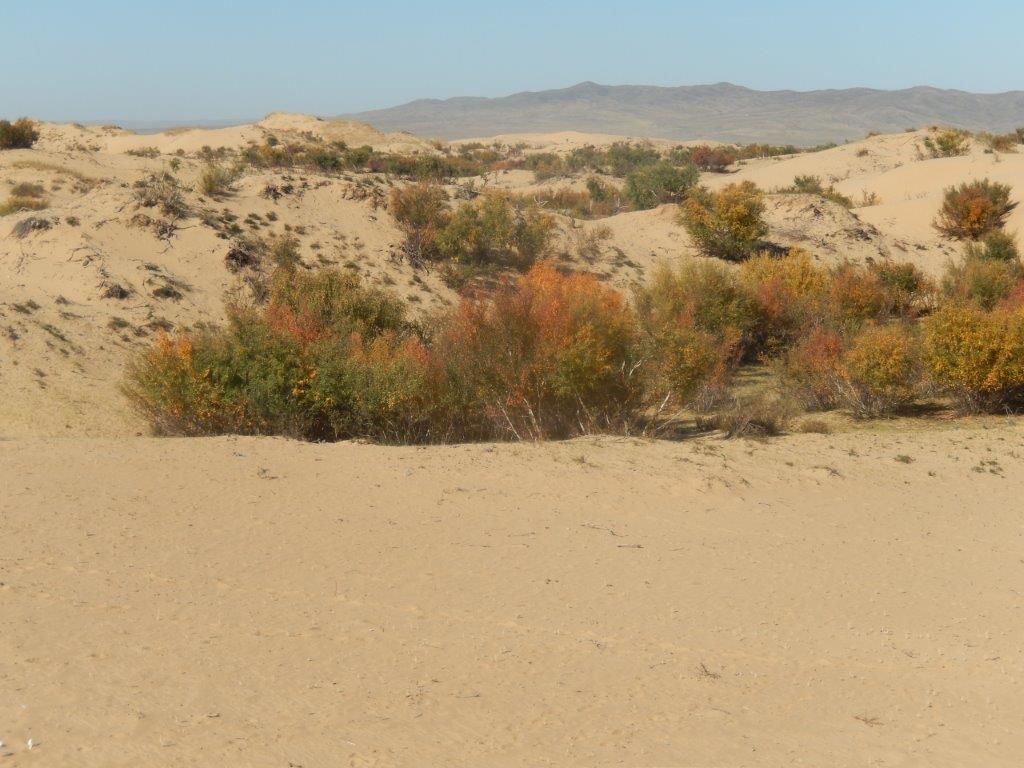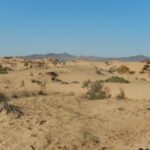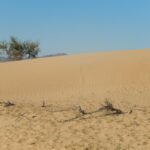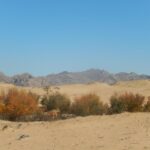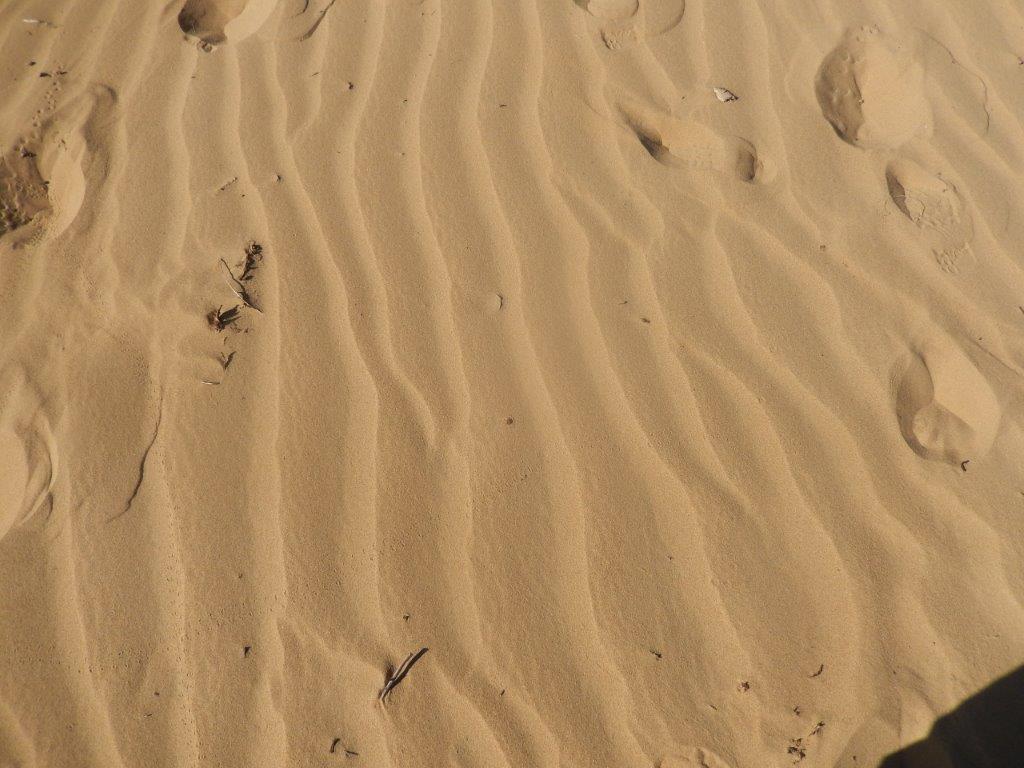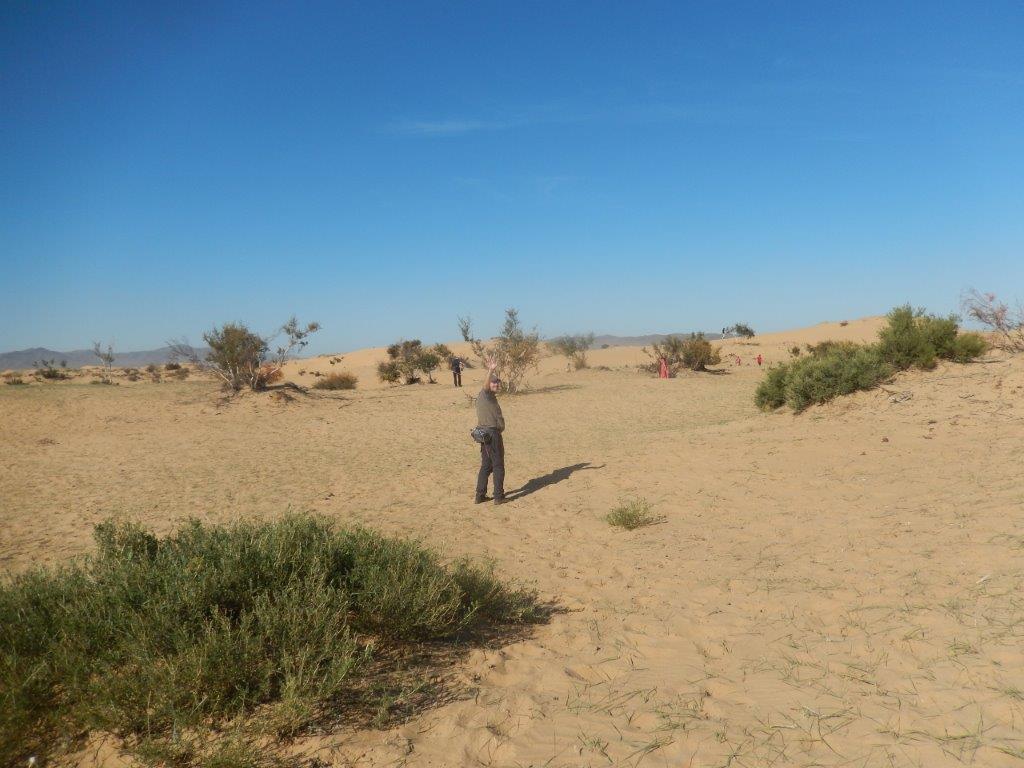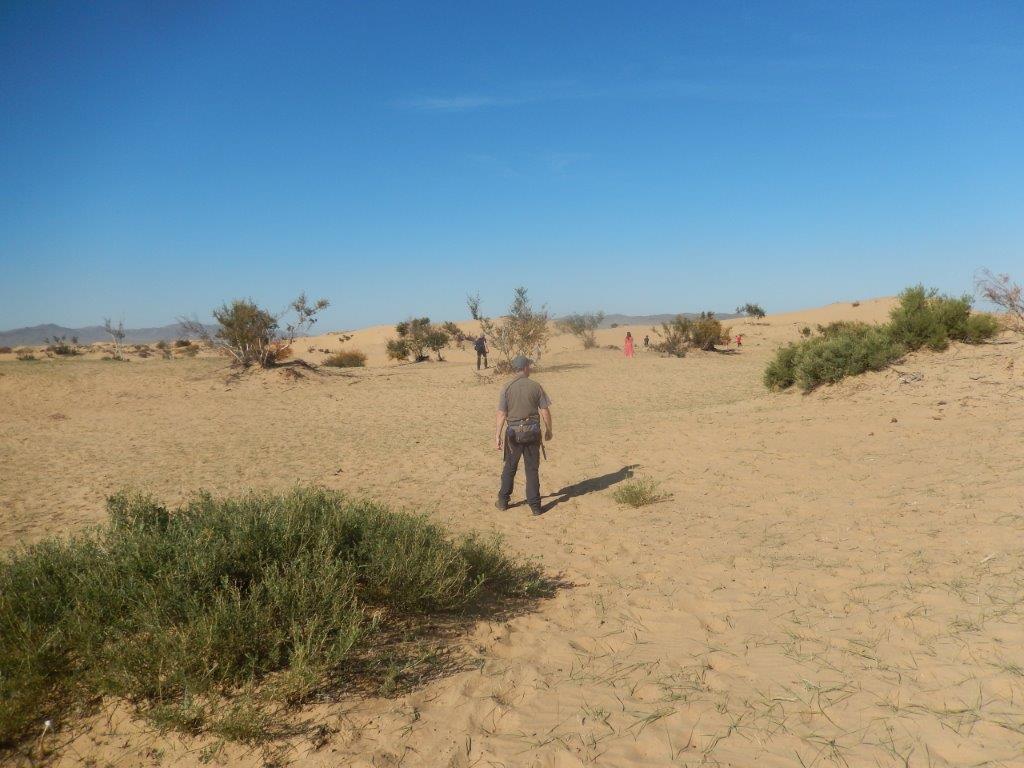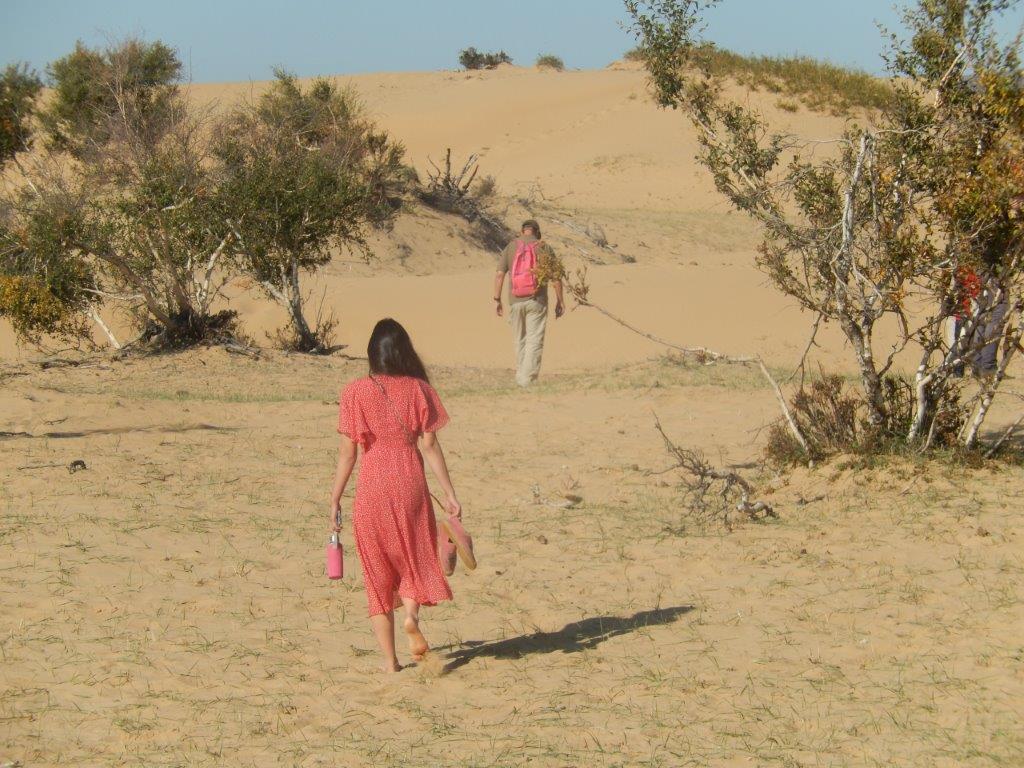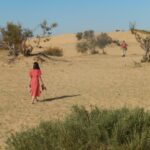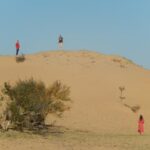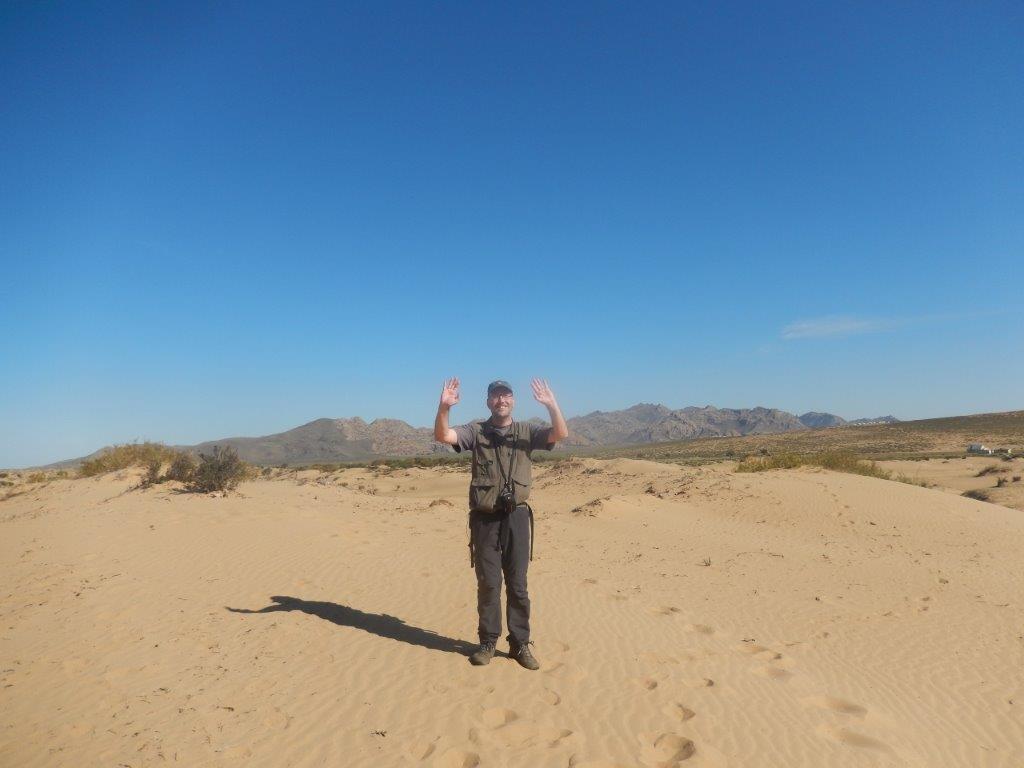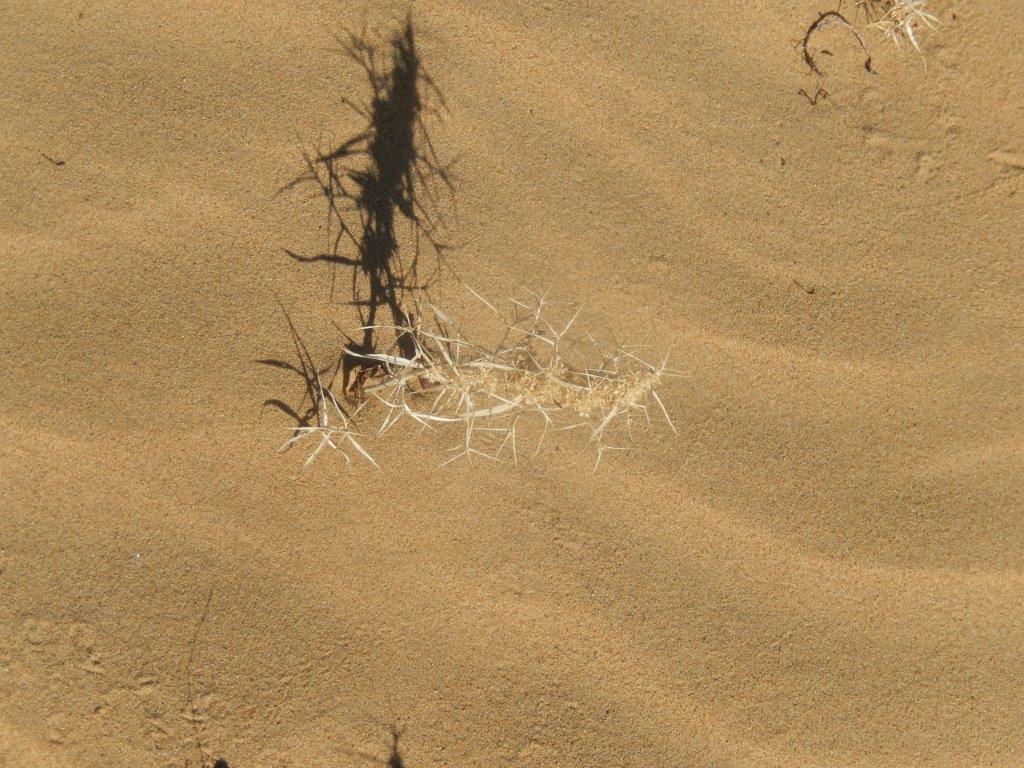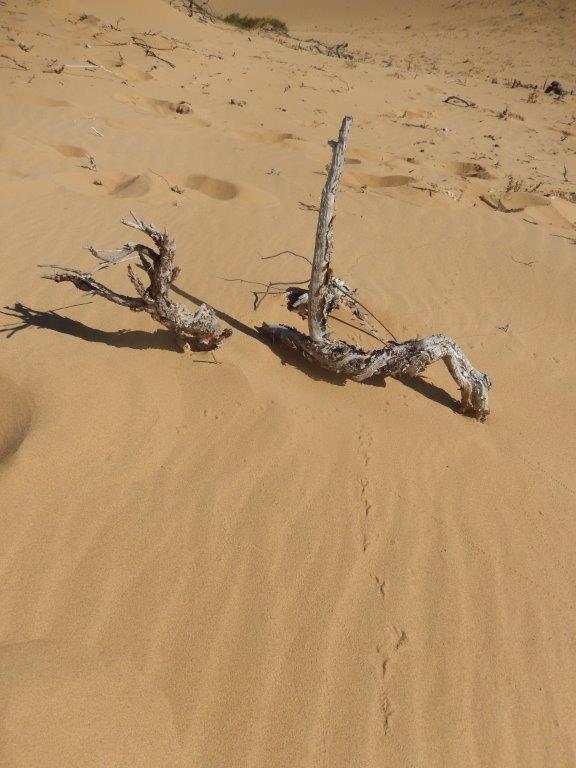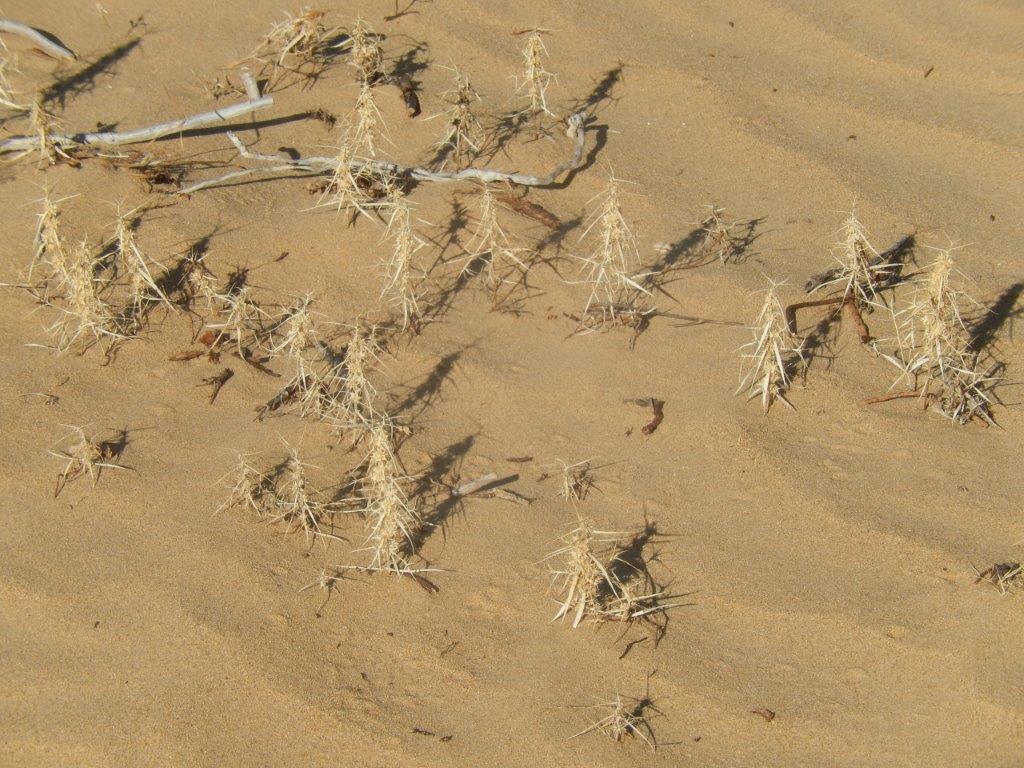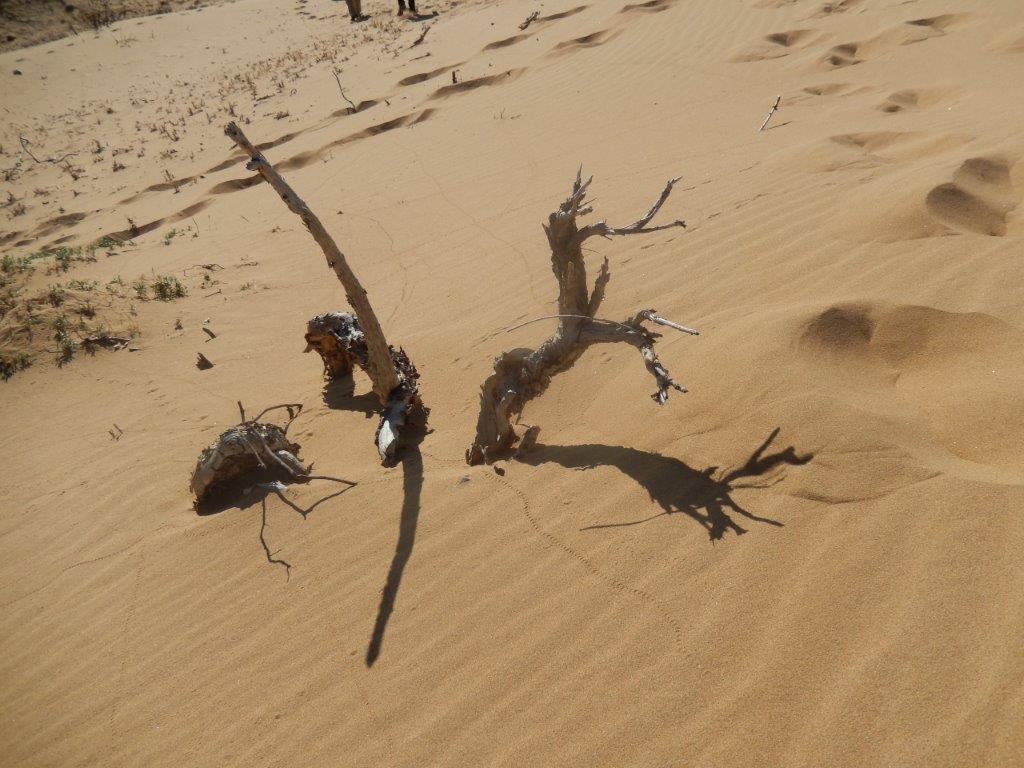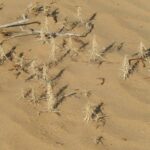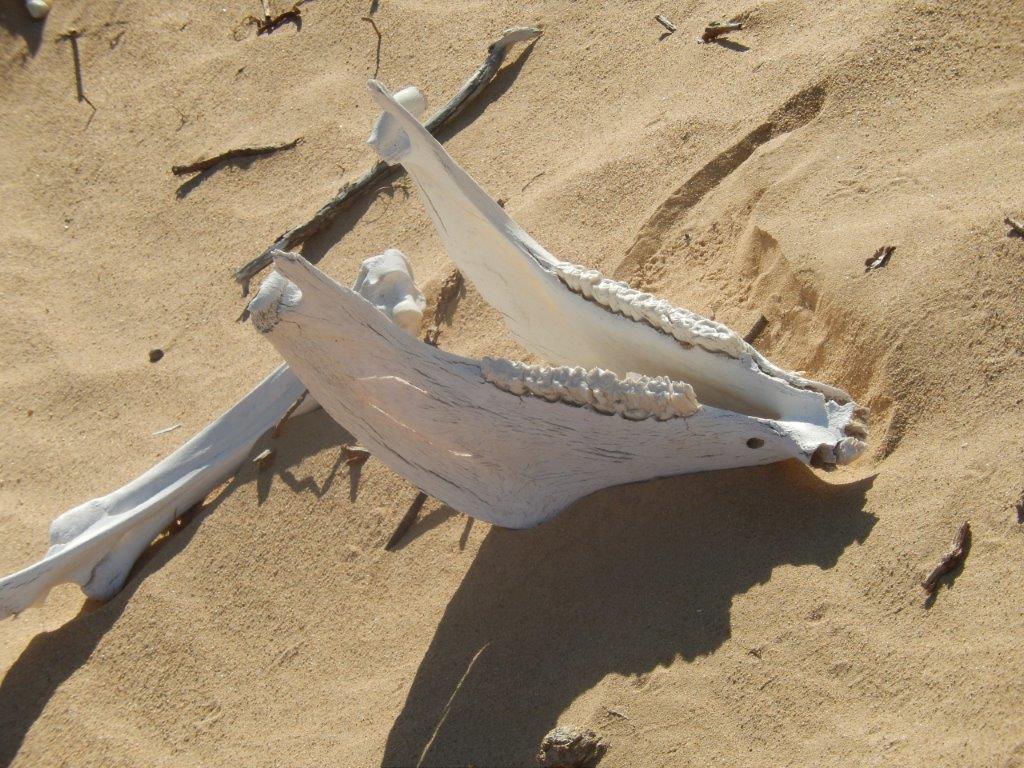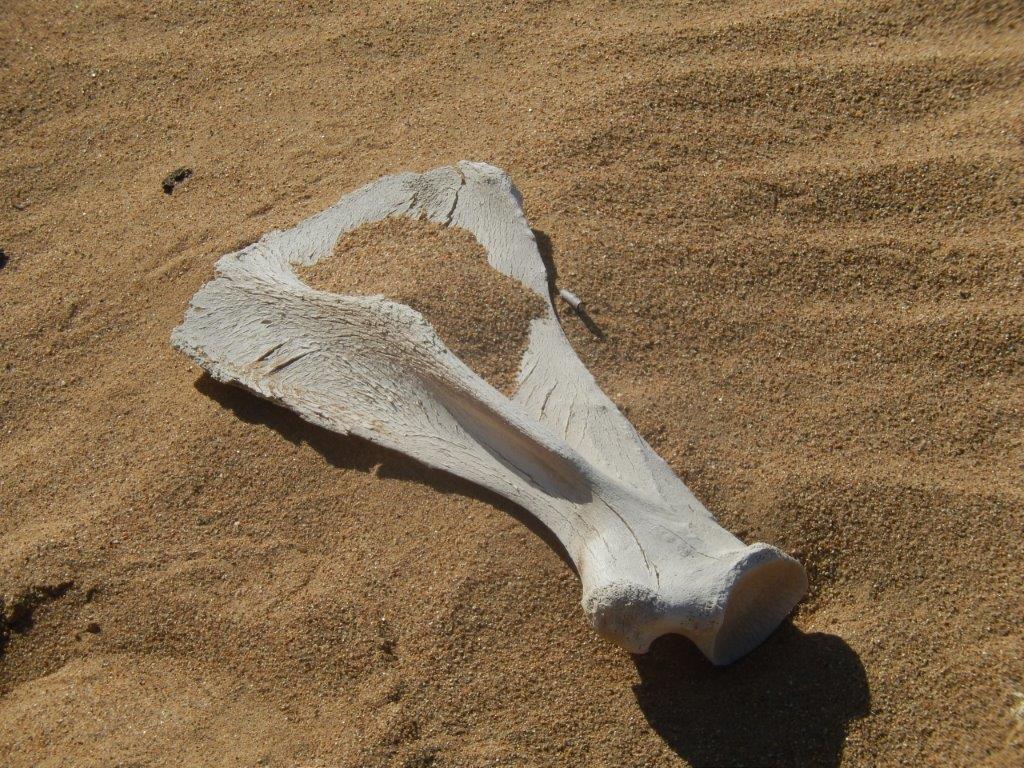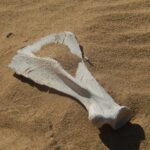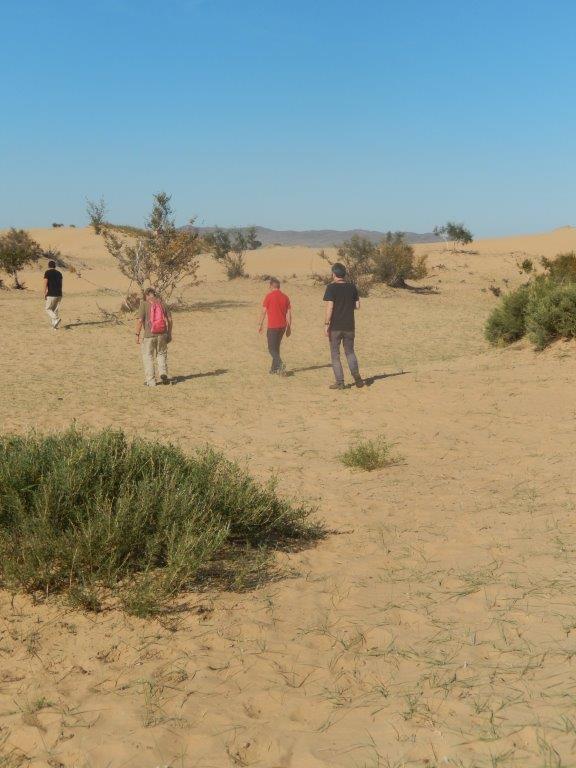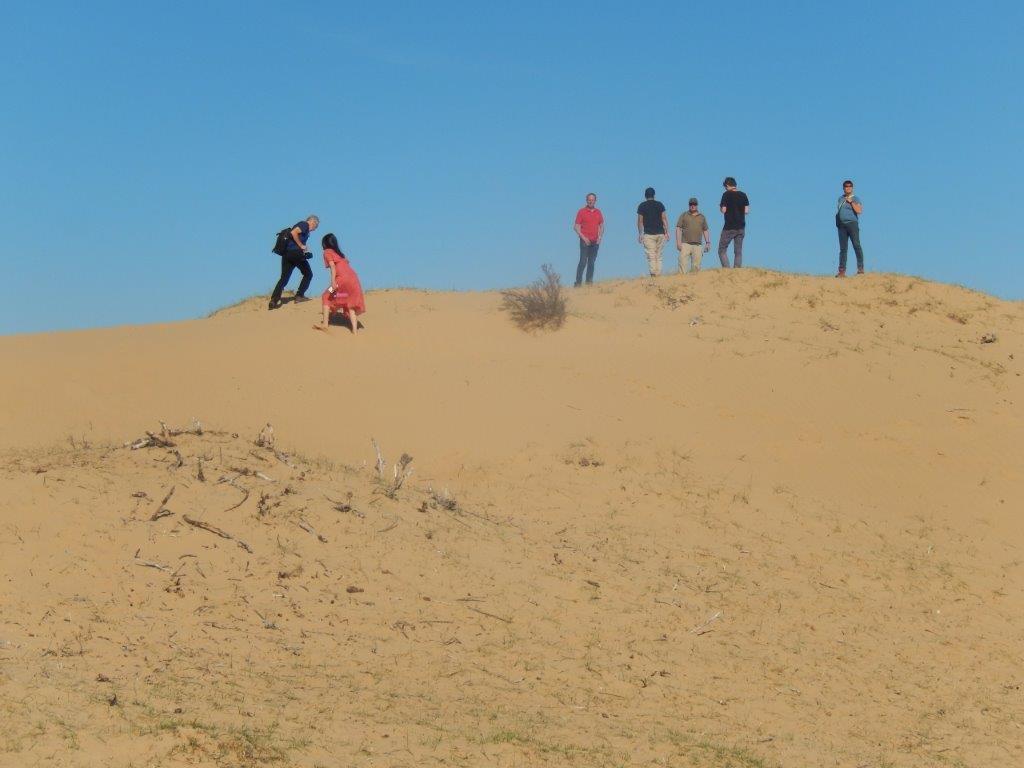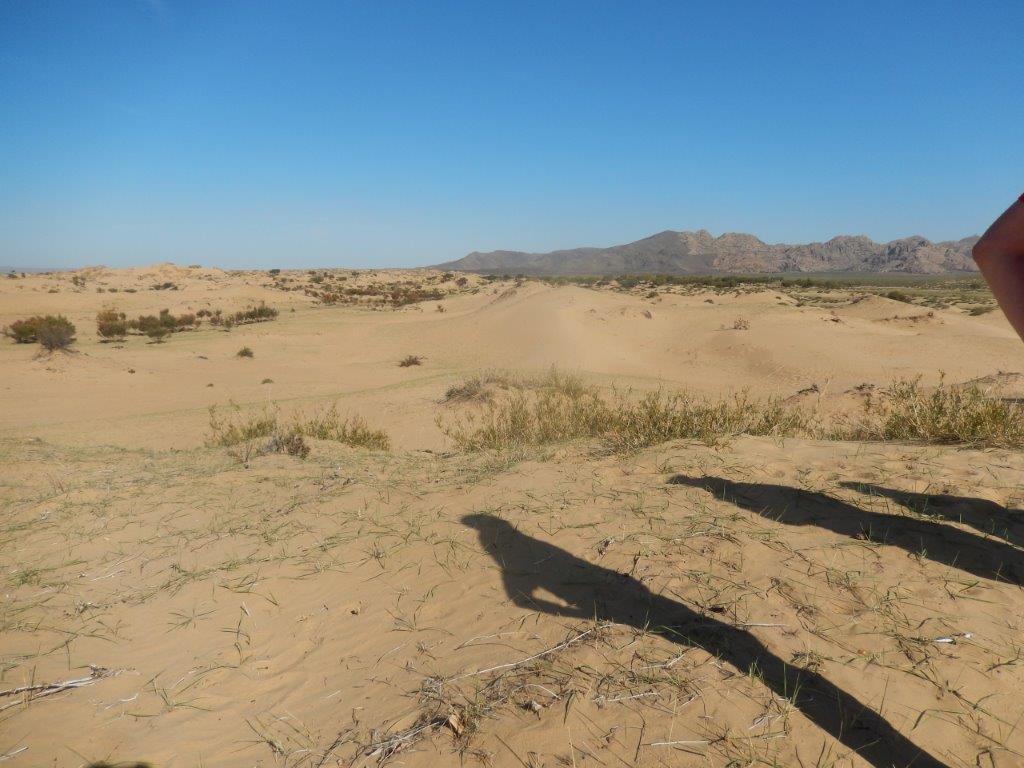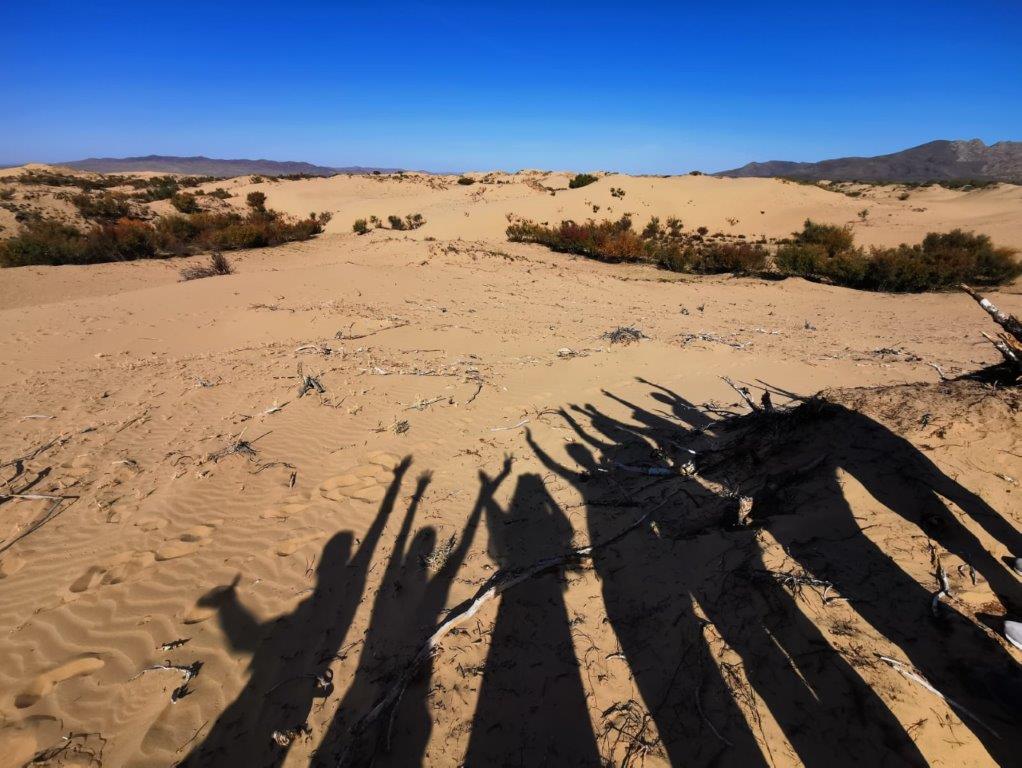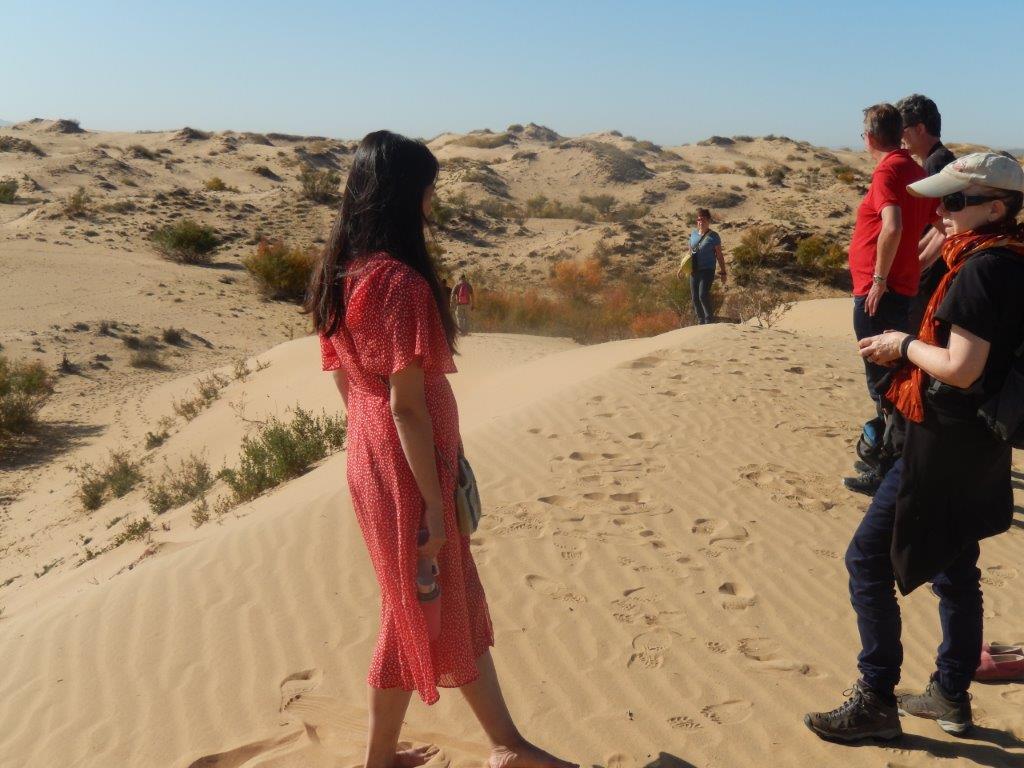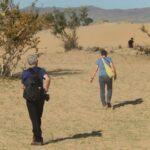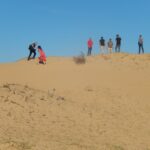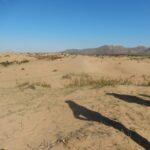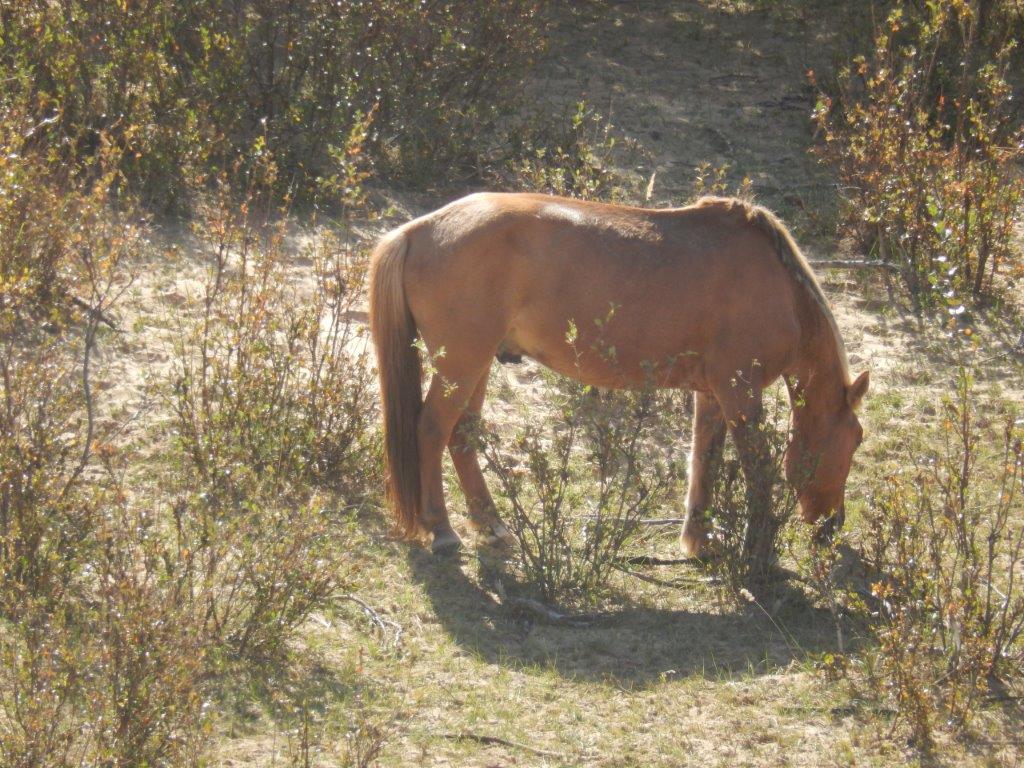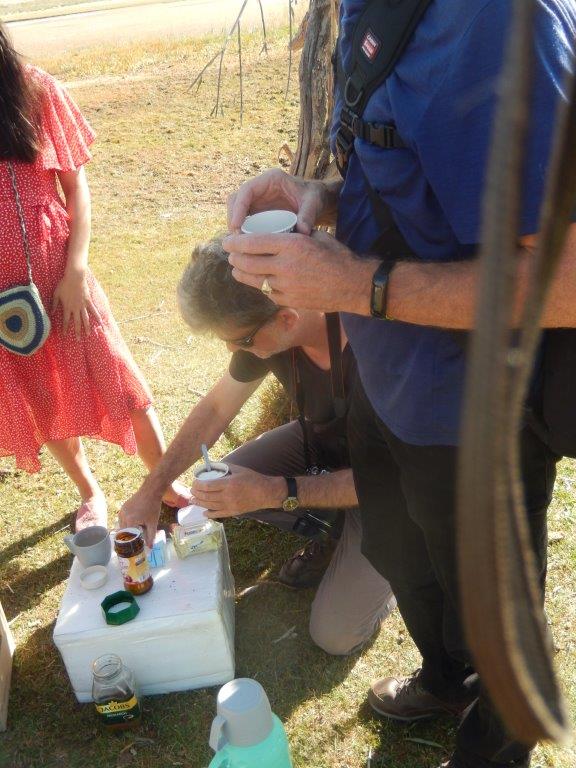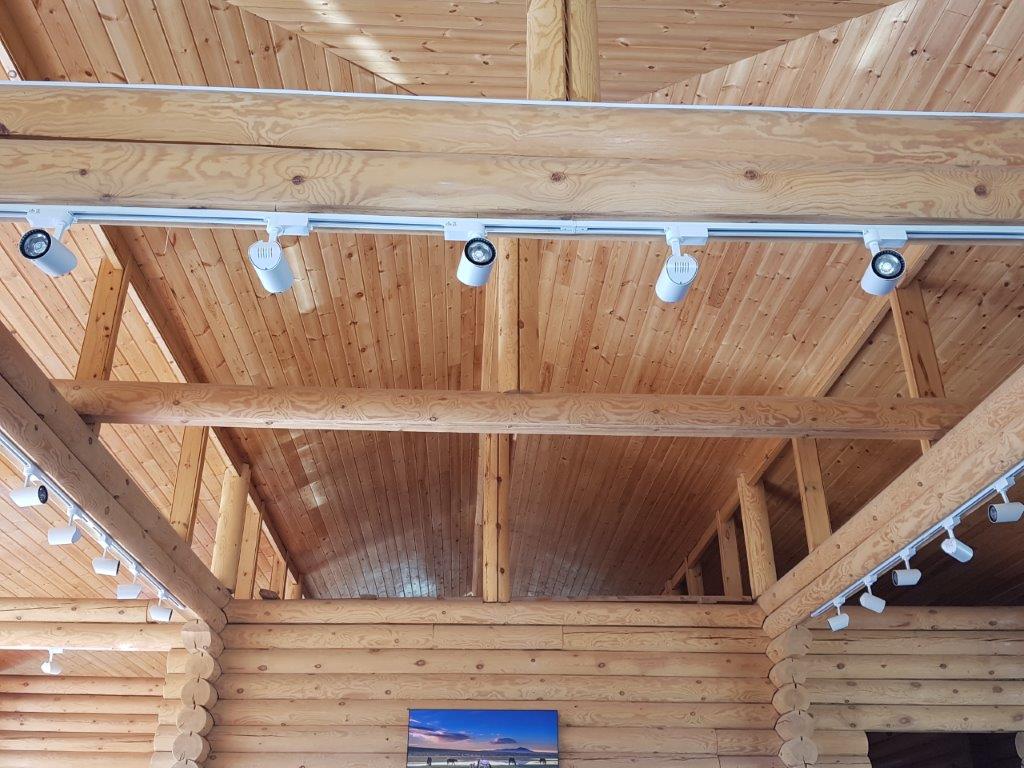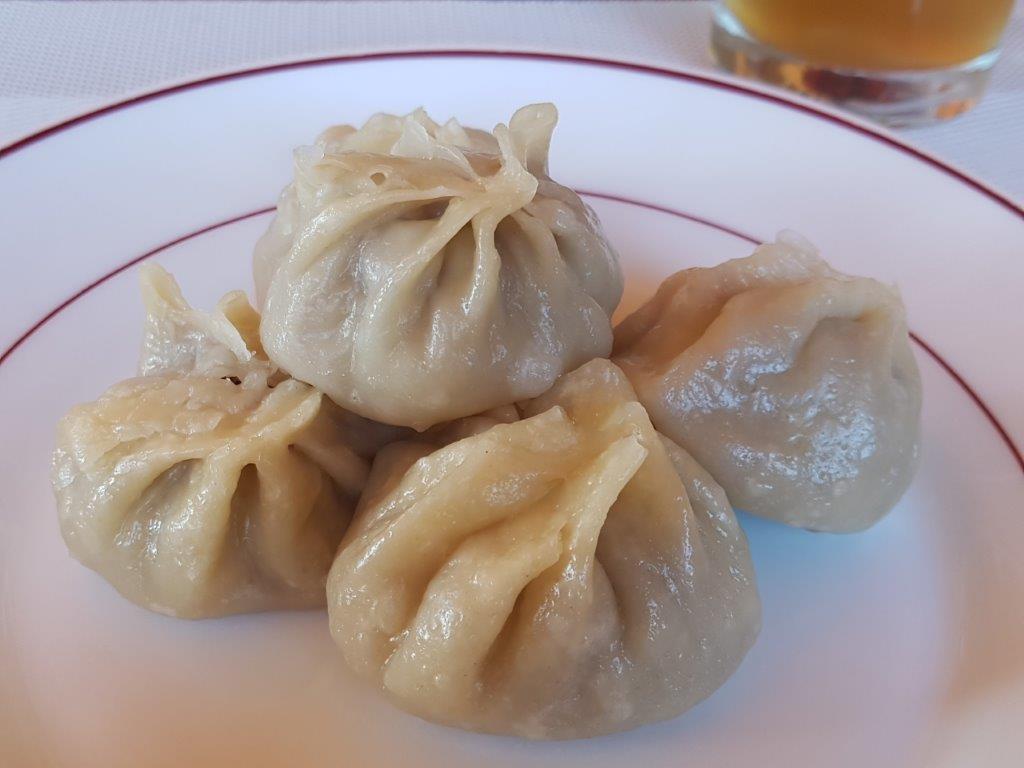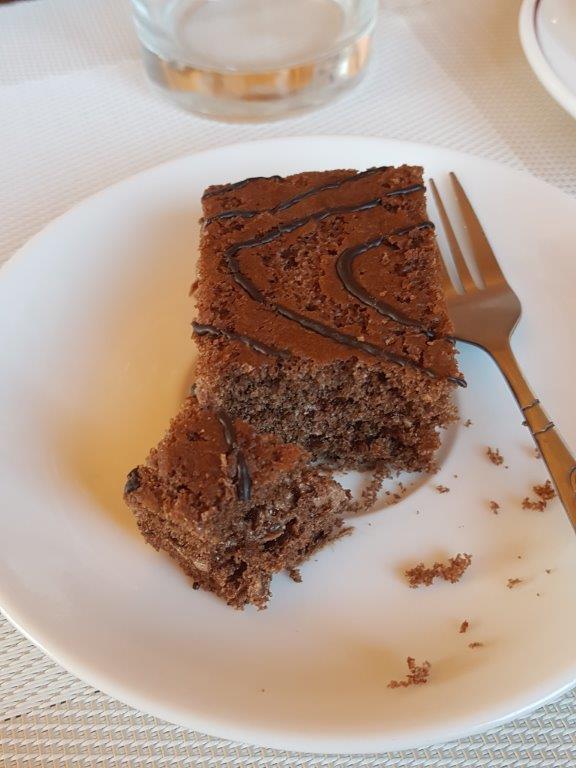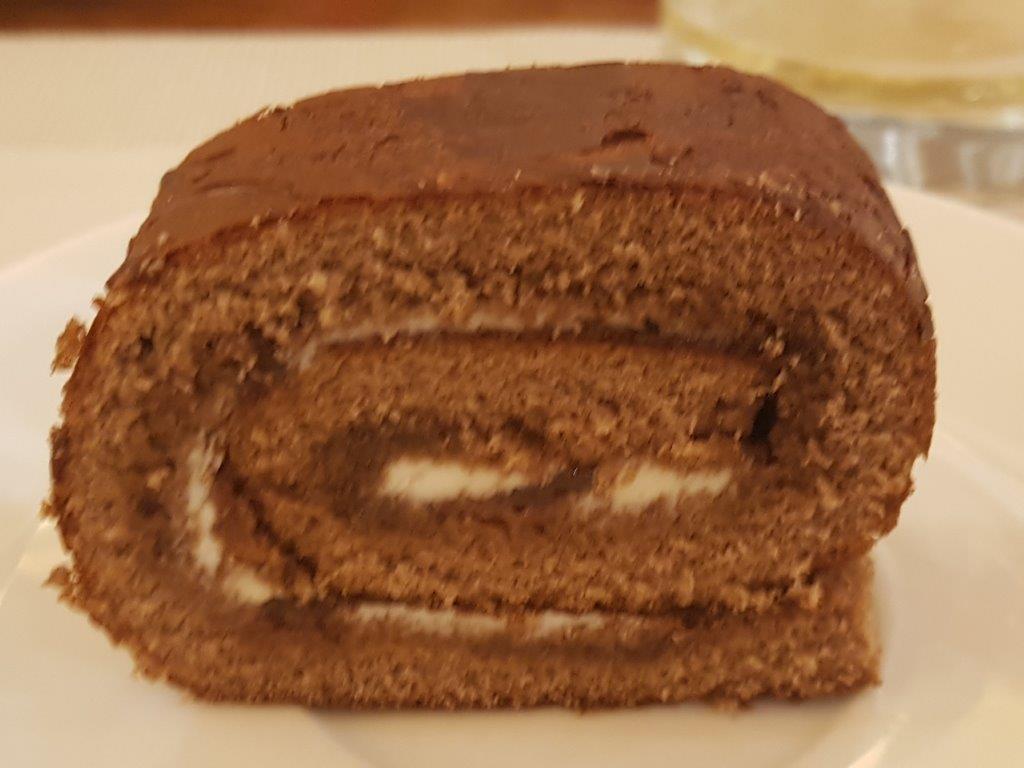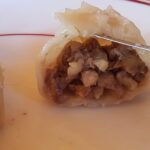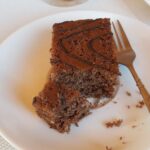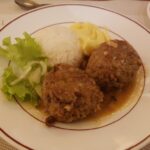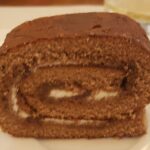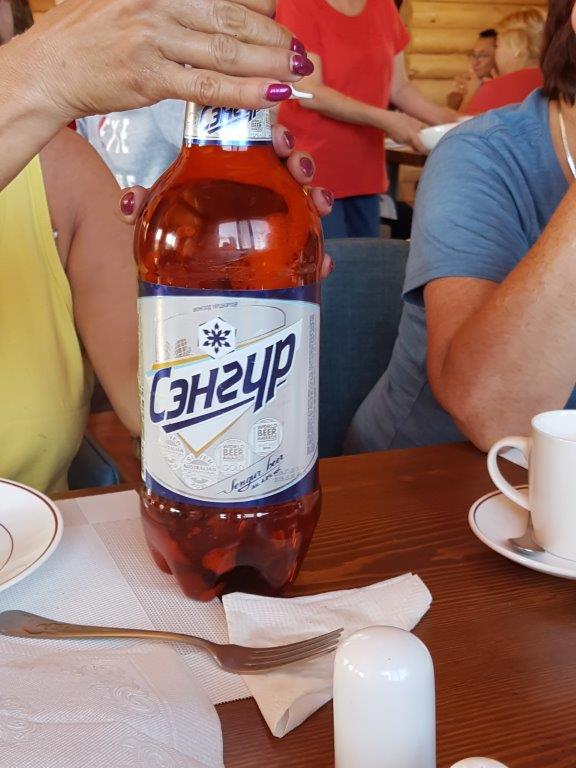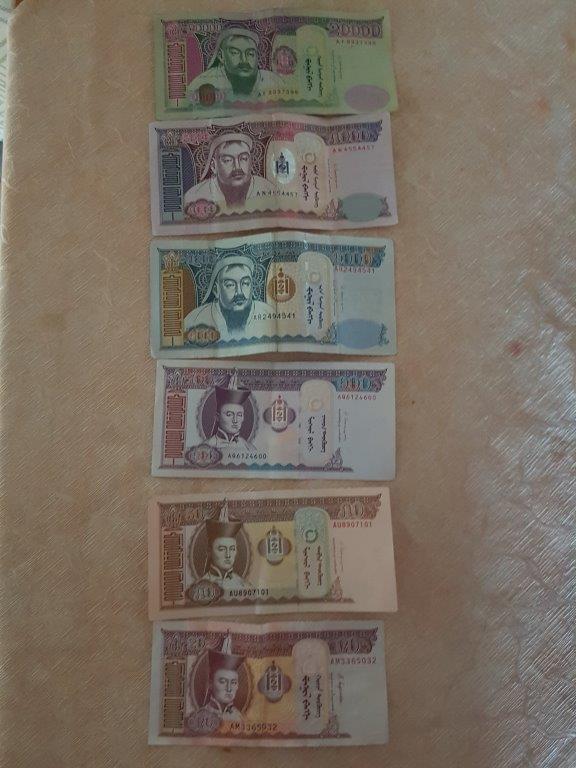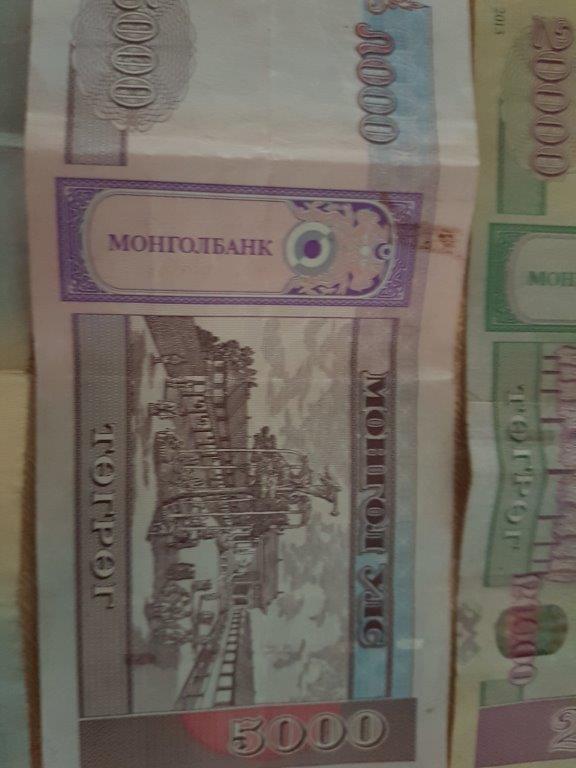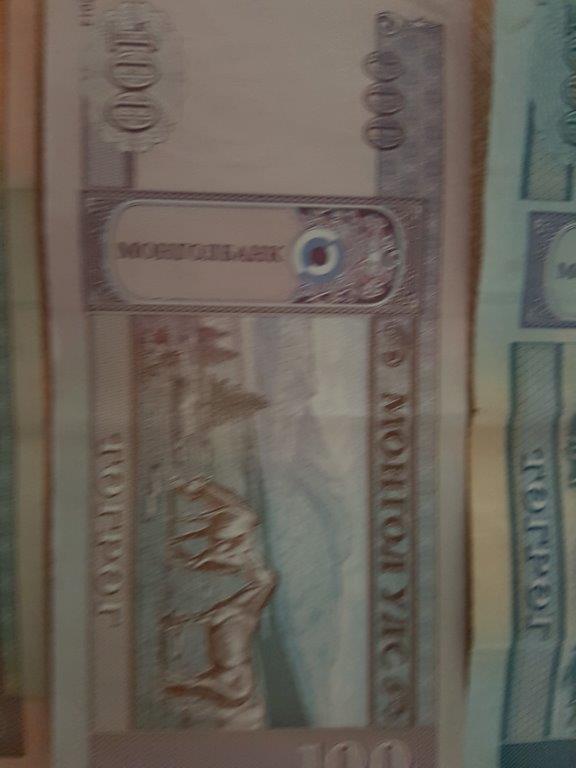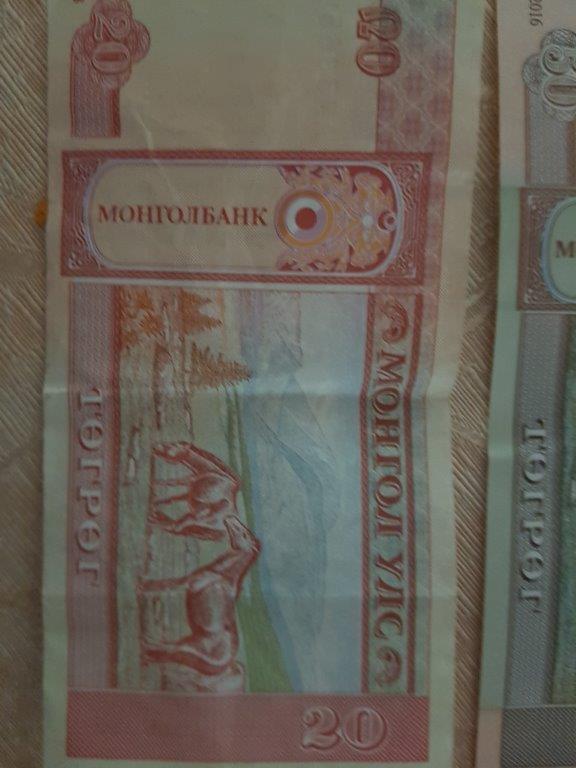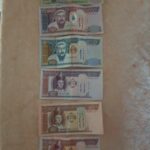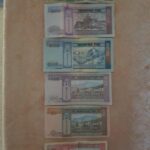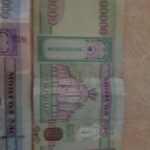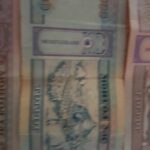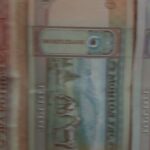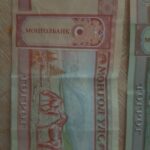Walking in the sand dunes of Mongol Els (Khögnö Khan NR)
After visiting a nomad family, The Wandelgek decided it was time for a walk in this magnificent Nature Reserve. On the border of the Köghnö Khan Nature Reserve, near the main road between Kharkhorin and Ulaanbaatar, was a huge area of sand dunes named Mongol Els.
Mongol Els
Elsen tasarkhai is a part of the Mongol Els sand dunes, which stretch from the Töv, Uvurkhangai, and Bulgan provinces all the way west to become part of the Khögnö Khan mountain range.
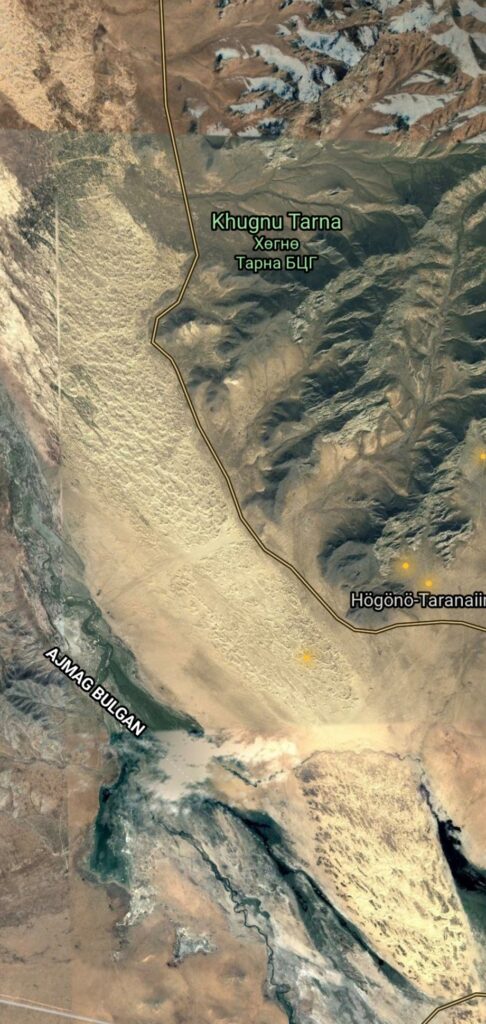
The yellow dot furthest left marks the dune sea of Mongol Els. The two yellow dots in the center mark the ger campsite at Köghnö Khan (the upper one) and the nomad camp site visited in the previous blogpost (bottom one). The yellow dot at the right upper edge of the map marks the monastery of Erdene Khamba about which I’ll write in my next blogpost).
The sand dunes are 80 km long total. Dividing the southern part of the sand dunes with the so-called northern Mongolian sand, Khögnö Tarna is a main road. River Tarnat flows in the western part of the sand dunes, it is sodden under its surfaces, so shrubberies such as willow, elm, dogwood, shrubbery grow there.

The wetlands leading towards the sand dunes of Mongol Els (=The Mongol Sands) are created by the River Tarnat. Lots of horses graze in the area…
In the north there is the rocky and woody mountain “Khögnö khan”. in the south lies Ikh Mongol which defines the central point of Mongolia and is surrounded by the Elsen tasarkhai.
The widest section of the sand dune is located in the Ikh Mongol mountain area and covers an area of 9-10 km2. Half of the Ikh Mongol sand is covered by plants, so its mostly not loose sand.
The Wandelgek drove towards the dunesea for a walk through the area. The wetland area was not only ideal for horses, because of the fresh green grass, but also for lots of birds, like the flock of spoonbills that was searching for food in the shallow water…
After a short break at the edge of the dune sea, The Wandelgek walked deep into the dunes. These dunes are not as spectacular as the dunes at e.g. Khongoryn Els in the Gobi desert, but nonetheless this was the largest dune area outside of the Gobi. There were some last birch trees at the edge of the dune area…
Then The Wandelgek entered the Dune area…
The wind was playing with the sand…
After a sturdy walk, The Wandelgek stopped and looked around and it was like standimg in the middle of a sand desert…
Then The Wandelgek walked towards the largest dune that he could see …
There was some sparse vegetation in this dune sea…
The mountains far away are those of Khögnö Khan.
These looked like horse skull bones, bleached by the sun…
Then The Wandelgek reached the dune and started to climb to its summit from where he had a beautiful view over the surrounding dunes…
Deeper south, in the Gobi desert were some larger areas with sand dunes like e.g. those of Khongoryn Els, but this far north, these are the best you can get and after a short walk you are already completely surrounded by desert sand.
A horse in a dune pan…
After the walk we had some coffee at the border of the dunes and the wetlands of the river Tarnat…
Food and drinks at the ger campsite
At the end of a day in Khögnö Khan Nature Reserve, The Wandelgek returned to his ger campsite where a good meal was waiting in the restaurant which in most Mongolian ger campsites looked a bit like a wooden, stylized ger-like building.
Food was always of high quality, like the little dumplings, meatballs and the chocolate cake below:
In the supermarket of Kharkorin they sold these huge 2 liter bottles of lager beer ? The brand is named: Sengur and is the most popular beer in Mongolia. There is a Sengur White variant too, which taste a bit like lager beer with a more citrus like taste.
The Mongolian tögrög/tugrik
Let’s talk a bit about Mongolian money. The government stopped issueing coins, so there are only billets, divided into amounts of 10, 20, 50, 100, 500, 1000, 5000, 10.000 and 20.000 tögrög/tugrik. These billets are still common in use. There are are older ones with different values, but I didn’t see any of those and I was told they were only used as collectors items for tourists.
The tögrög or tugrik (Mongolian Cyrillic: төгрөг, Mongolian script: ᠲᠥᠭᠥᠷᠢᠭ, transcriptioncode: MNT) is the official currency of Mongolia. It was historically subdivided into 100 möngö (мөнгө). Currently, the lowest denomination in regular use is the 10-tögrög note and the highest is the 20,000-tögrög note. The higher value denominations carry the portrait of Genghis Khan, the lower denominations carry the portrait of Damdin Soeche Bator (Sukhbataar), a founding member of the Mongolian People’s Party and leader of the Mongolian partisan army that took Khüree during the Outer Mongolian Revolution of 1921. For his part in the Outer Mongolian revolution of 1921, he was enshrined as the “Father of Mongolia’s Revolution”.
The tögrög was introduced on December 9, 1925 at a value equal to one Soviet ruble, where one ruble or tögrög was equal to 18 grams (0.58 ozt) of silver. It replaced the Mongolian dollar and other currencies and became the sole legal currency on April 1, 1928.
Möngö coins are no longer in circulation as currency, owing to their negligible value. Today, they are sold online and to tourists as collectibles.
The tögrög is virtually unuseable outside of Mongolia, so if you enter the country, do not gain to much but be practical and make an educated guess of what you need in the next couple of days. In central and northern Mongolia are enough banks to add tögrög when needed. When leaving the country, try to spend the last tögrög on food or drinks or bring them across the border into Russia or China and use them as a souvenir of your stay in Mongolia.

